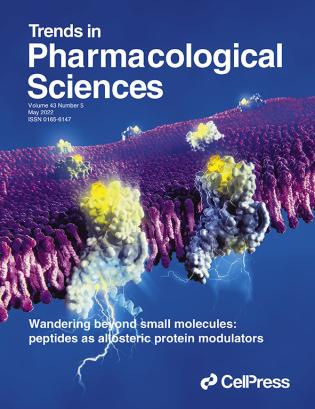
Allosteric modulators represent an innovative class of drugs, potentially offering higher target/functional selectivity, fewer adverse on- and off-target effects, and lower toxicity in comparison to orthosteric ligands.
In contrast to the more represented small-molecule allosteric modulators, peptide-based ones possess the key advantage of displaying an enhanced intrinsic selectivity profile due to a potentially larger contact surface area, as well as a structural and chiral complexity.
Peptides are promising drug candidates for targeting ‘undruggable’ protein sites and protein–protein interactions in which large contact surfaces are needed.
Despite intensive interest in allostery for drug development, the identification of relevant allosteric sites and the elucidation of the mechanism of action remain challenging.
